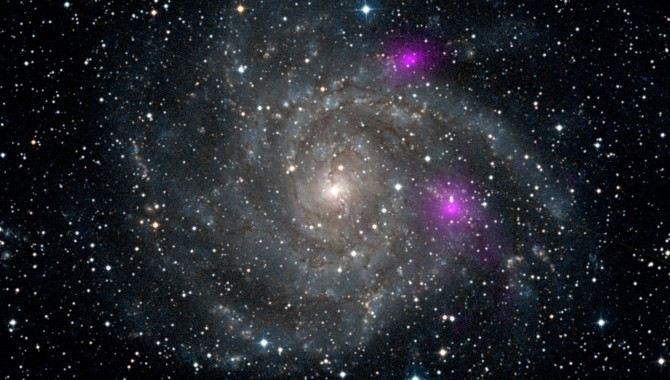
NASA in the News NASA’s Nuclear Spectroscopic Telescope Array, or NuSTAR, caught the glow of two black holes lurking inside spiral galaxy IC342, which lies 7 million light-years away in the constellation Camelopardalis (the Giraffe).

NASA in the News NASA’s Nuclear Spectroscopic Telescope Array, or NuSTAR, caught the glow of two black holes lurking inside spiral galaxy IC342, which lies 7 million light-years away in the constellation Camelopardalis (the Giraffe).
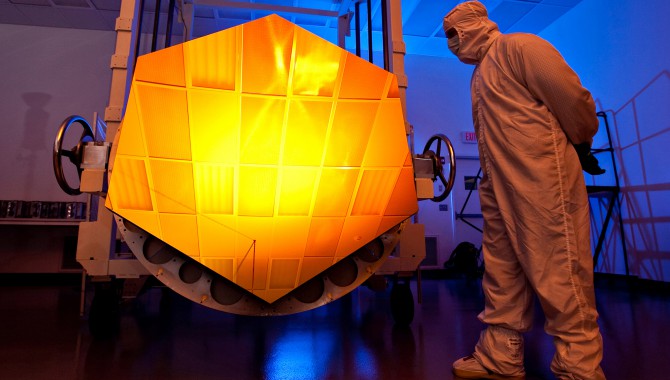
As the planned successor to the Hubble Space Telescope, even the smallest of parts on the James Webb Space Telescope will play a critical role in its performance. “Actuators” are one component that will help Webb focus on some of the earliest objects in the universe. Pictured is the Webb engineering design unit’s primary mirror […]
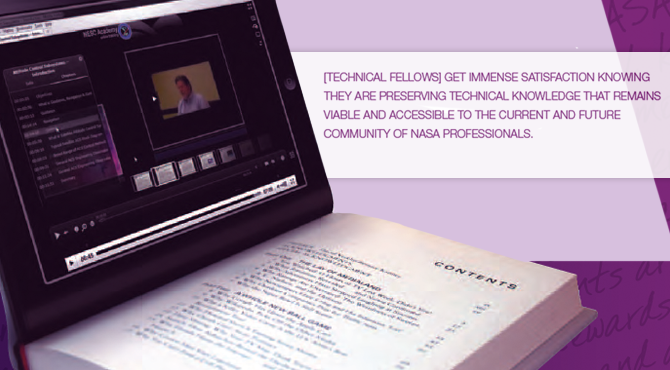
By Patricia Pahlavani The NASA Engineering and Safety Center (NESC) recently implemented the new NESC Academy (nescacademy.nasa.gov),
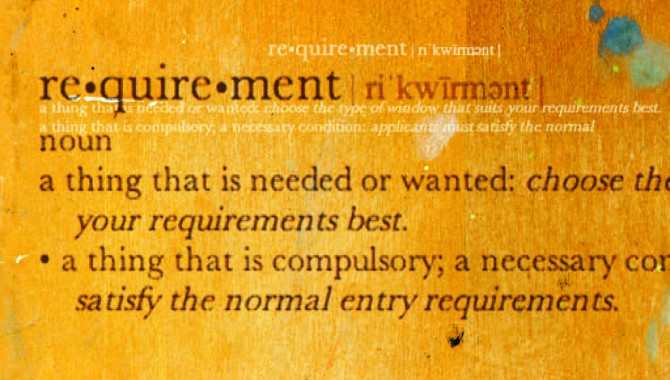
By Lars Schnieder and Susanne Arndt Interdisciplinary and inter-organizational project collaboration is a challenge. One of the most essential tasks in big and heterogeneous projects is requirements engineering, which, done properly, helps master complexity and reduce misunderstanding.
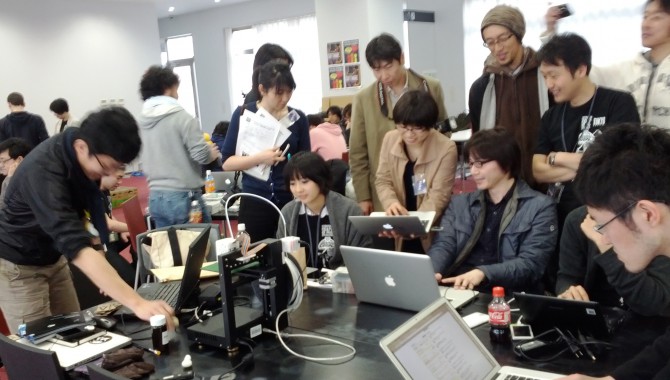
By Nick Skytland One of the things astronauts who have had the privilege of traveling to space talk about when they return is what it’s like to see Earth from space, and the orbital perspective this brings. They talk about what it means to live in a world where we are more interconnected and […]
By Amir S. Gohardani and Omid Gohardani Dreams of flight have captured the human imagination for centuries. Children worldwide imagine dancing among the stars and soaring into the blue. Will their visions become reality?
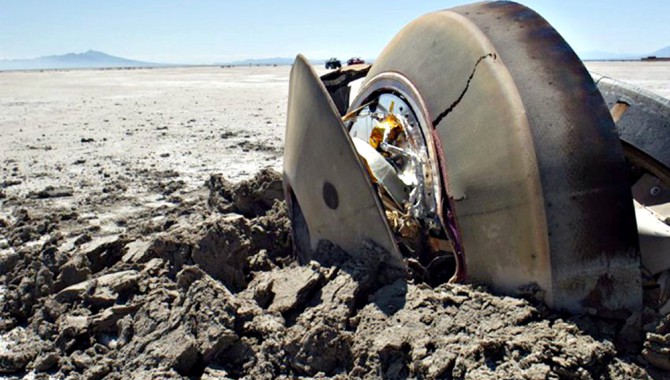
By Kerry Ellis Seven years ago, I was hired as an editor for NASA’s ASK Magazine. Being a rare English major math minor hybrid and a generally curious sort who liked taking things apart to see how they worked, I was thrilled for the opportunity to get an inside look at NASA.
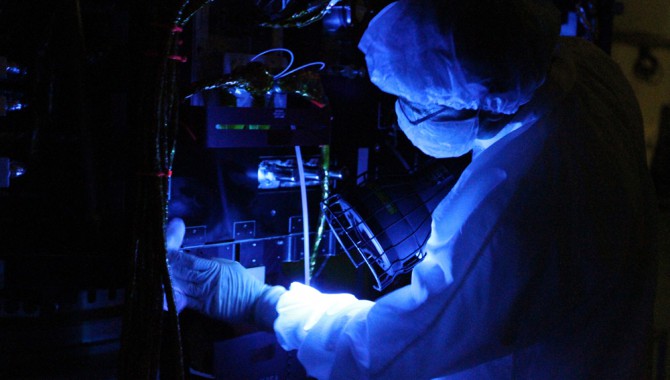
By Kerry Ellis Radiation is one of many hazards in space exploration. It causes electronics to fail, degrades sensitive instrumentation, and affects astronaut safety—just a few of the things NASA protects against when launching missions to space.
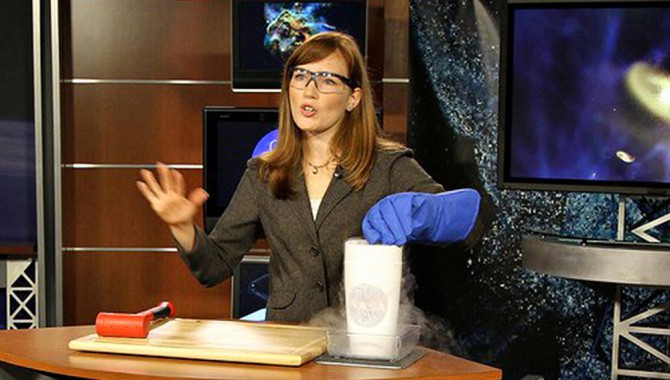
By Amber Straughn On a small farm in the Middle of Nowhere, Arkansas, the sky was beautiful at night. Looking up at all those stars is how I became interested in astronomy as a child. Later on, Hubble began to release its beautiful images, which made me start asking those big science questions, such […]